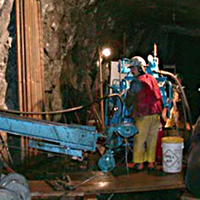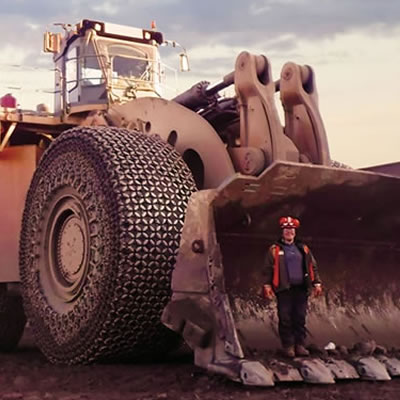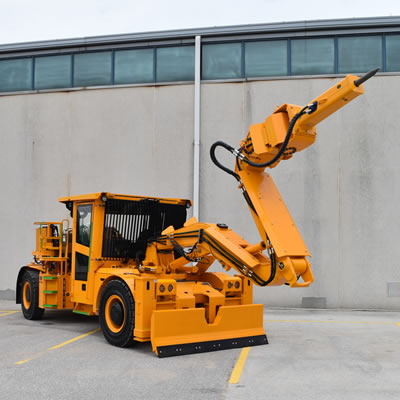Report on Discovery’s Willa Project near Silverton

— Photo courtesy Discovery Ventures. It is the strategy of Discovery to utilize the Max Mill to process minerals from Discovery's Willa Project. Th
— Photo courtesy Discovery Ventures.
It is the strategy of Discovery to utilize the Max Mill to process minerals from Discovery's Willa Project.
The Willa Project consists of 5,328 hectares and is located 8 kilometres south of the town of Silverton, British Columbia and is strategically located 135 highway kilometres from the Max Mill.
Underground mine workings consist of two adit levels, an internal level with two declines and two raises connecting the levels. The main track haulage level (1,025 meters) is completed for 900 meters to the core of the mineralized zones.
The Willa Project has been developed over time, with historic expenditures of approximately $18 million to develop it to its present status. Geological mapping, as well as Geochemical and geophysical surveys have led to 596 diamond drill holes totalling approximately 189,000 feet (57,250 metres) of core drilling and approximately 8,500 feet (2,575 metres) of underground workings. With the exception of a bulk metallurgical sample of 545 tonnes, no production mining has been commenced at the Willa Project.
Discovery has a current NI 43-101 report for the Willa Project titled, "Technical Report on the Willa Deposit Slocan Mining District, British Columbia, Canada" dated November 23, 2012. At a cut-off grade of 3.5 grams Au/tonne (3.5 g/t), the Measured Mineral Resource category of the Mineral Resource is 495,784 tonnes with an average grade of 7.18 g Au/t, 0.94% Cu and 12.16 g Ag/t. The Indicated Mineral Resource category at the same cut-off grade is 262,415 tonnes with an average grade of 5.71 g Au/t, 0.67% Cu, and 13.26 g Ag/t, for a total Mineral Resource of the Measured and Indicated categories of 758,199 tonnes grading 6.77 g Au/t, 0.86% Cu, and 12.54 g Ag/t.
Bench-scale metallurgical test-work was conducted by three companies including Lakefield Research, Gary Hawthorn (Northair Group) and PRA Labs between 1985 and 2005. The results of locked-cycle tests indicated recoveries of 81% Au and 93% Cu. A concentrate grading 24% Cu was projected from a mineral head grade in the order of 7.0 g Au/t and 0.9% Cu.




